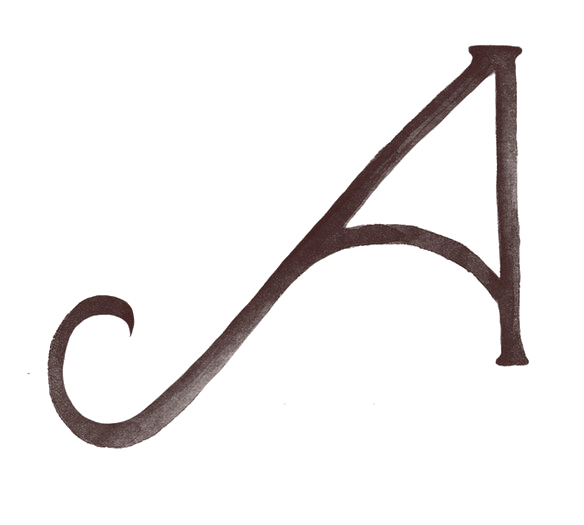The magic of writing scenes
The magic of writing scenes passes many writers by.
This was the case for me until I rocked up to my first novel class with an idea and no clue what to do with it. I’d never even considered how to write a novel. In that sense I was a clean slate.
The first class (and, in a way, every other class as well) focused on the craft of writing a scene. My writing teacher, Olga Lorenzo, stepped us through setting, language, pace, voice, character, structure, etc., but our practice was to use these to write scenes.
Writing scenes is a powerful way to learn writing craft, because feedback can be quick compared with feedback on a chapter or an entire novel. If the author doesn’t know the purpose of the scene, it’s probably just an anecdote.
If the author has no understanding of the importance of setting, the characters will hang in the air like forgotten marionettes (no matter how perfect the dialogue). If the author isn’t sure of how the character/s might change in a scene then who’s driving the narrative?
Often enough, ASTT receives full manuscripts void of a single scene. I tell you what – that’s a whole lot of summarising! And summarising isn’t story telling. Summarising sounds more like a list. It’s efficient, but not something you want to snuggle next to the fire with and read for pleasure.
This is partly why we created our Short Critique service and completely why we created Making A Scene, a half-day workshop that guides new and emerging writers to learn about the makings of a strong scene.
Writing scenes is doable and fun. Link enough together in the right way and you’ve got yourself a chapter and then a several chapters makes a manuscript! OK, it’s not that simple. But it’s a start …
May your words pour onto the page,


